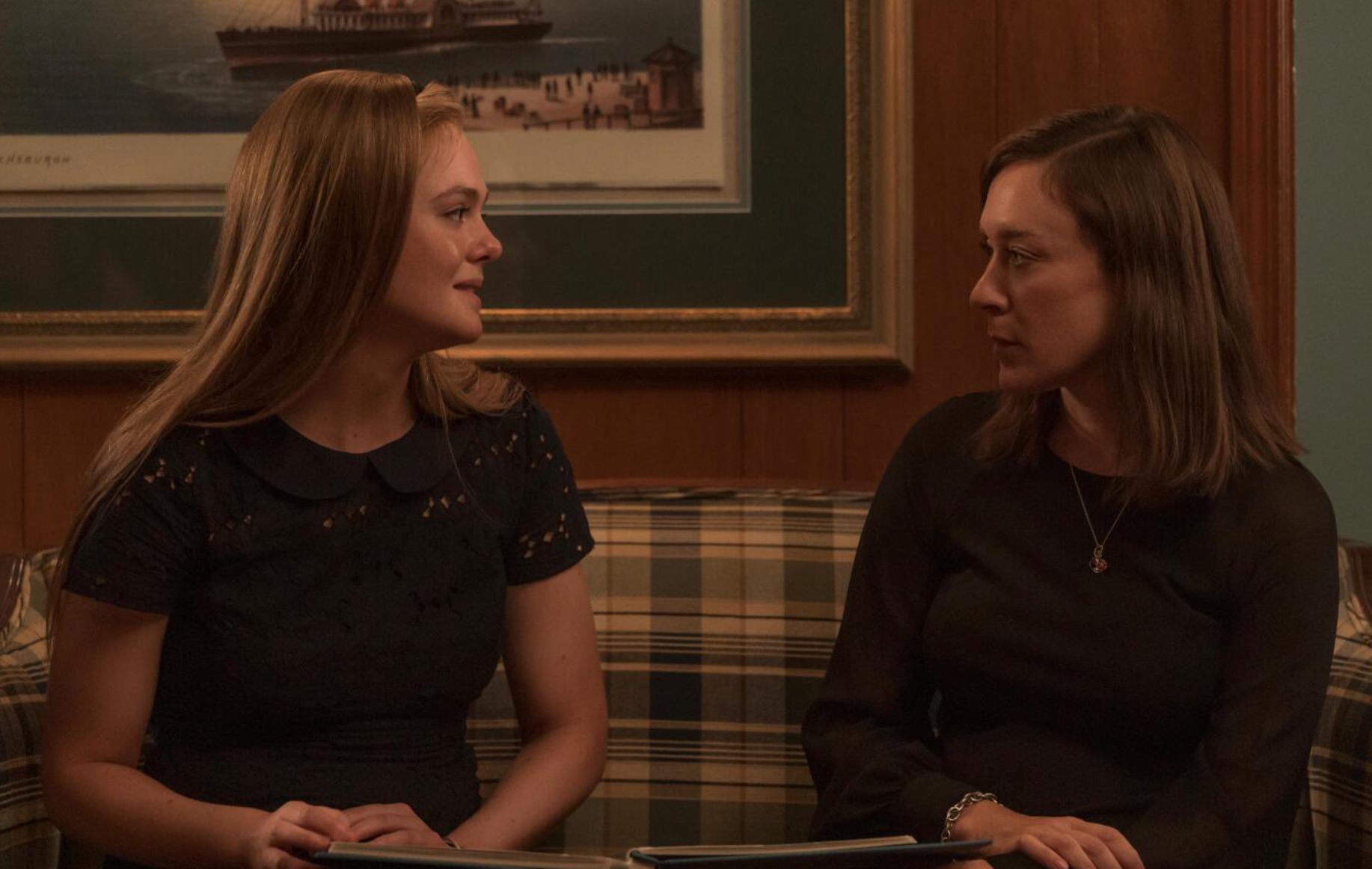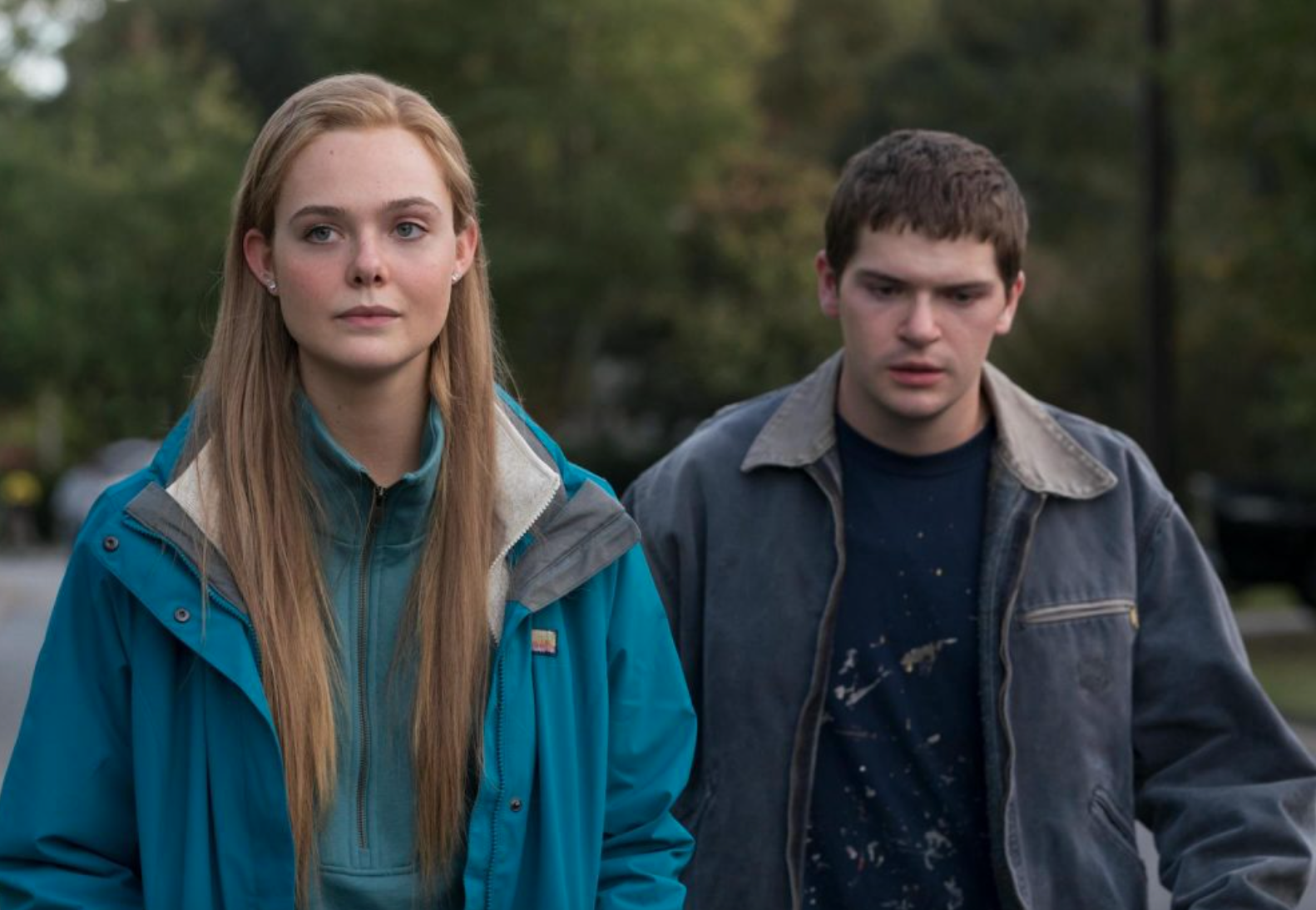News feed
The following ARTICLE contains references to suicide. If you find this article triggering in any way, please know there is help available 24/7 at LifeLine australia on 13 11 14.
It’s worth knowing at least the basic real-life events The Girl From Plainville draws on before viewing the new series. In its opening sequence, a haunting cover of “Be My Baby” plays as we watch texts fly back and forth between a young couple. “You said you were gonna do it”, Michelle Carter writes to her boyfriend, Conrad Roy. A few scenes later, the police discover his body in a Kmart parking lot. He had died by suicide.
Without former knowledge that The Girl From Plainville is based on a real-life criminal case, the series is a confusing watch. Airing on Stan (the first three episodes are currently streaming), series makers are assuming audiences have prior knowledge of the case. Even as someone who somewhat followed the story back in 2017, I felt a little out of the loop. In short, Plainville resident Michelle was convicted of involuntary manslaughter, after texts such as the ones shown at the beginning of this series revealed that she had been encouraging her boyfriend, Conrad, to kill himself. She was released on good behaviour in 2020.
There has been a lot of anticipation around Elle Fanning in this series. Early set photos and trailers revealed her as the spitting image of Michelle, plus recent accolades for her performance in The Great had critics on notice. This is a series with a lot of star power – aside from Fanning, the behind-the-scenes team are equally as lauded. Unbelievable director Lisa Cholodenko helms two of the first three episodes, while Golden Globe-nominated screenwriter Liz Hannah co-created the series. Fanning is worthy of praise here, but it’s Chloë Sevigny as Conrad’s mother Lynn who steals every scene. She is raw and unrecognisable as she embodies the grieving mother who is consumed by the loss of her son and simply going through the motions. This of course is juxtaposed with Michelle, who is revelling in the attention brought on by Conrad’s death.

This is the focus of the first three episodes – teenage fantasy gone wrong. The Girl From Plainville paints Michelle as a typical teen girl, if a little more on the nerdy side. She adores the TV series Glee (something the series has kept about the real-life Michelle Carter), has a Jonas Brothers poster on her bedroom wall, and fights with her parents. She also, as many teens do, indulges in romanticised fantasy – it’s implied that her relationship with Conrad was one of these fantasies, at least for the most part. Both in the series and in the real-life events, Conrad and Michelle only meet up a handful of times over two years, with most of their relationship conducted over text.
One particularly harrowing scene sees Michelle lip-syncing to a Glee episode while watching herself in the mirror, just a few days after Conrad’s death. It’s something many of us did as teenagers – trying on the experience of a lost love, a new boyfriend, a dying sibling – the difference being that Conrad actually has turned her fantasy into reality. She’s not imagining a fictitious event, she’s pushed her boyfriend to suicide – and is now relishing in a horror of her own making.
It’s this commentary on what is a normal teenage experience, versus how it can go very, very wrong, that captured me most in The Girl From Plainville’s first few episodes. Hiding behind her mobile phone, Michelle can avoid the consequences of her actions, living out a Romeo & Juliet fantasy. The series implies that Michelle never wanted Conrad to actually kill himself, making it interesting, if not more disturbing than ever, to consider how disconnected one can be from the pain they’re inflicting on another.
The series does a brilliant job of communicating this by delivering Michelle and Conrad’s texts as dialogue. Instead of having us read the texts as characters write them, Conrad and Michelle have their text conversations as a fantasy real-life interaction. It really highlights how powerful all words – spoken or written – are.

The Girl From Plainville humanises Michelle, which makes for uncomfortable viewing but is also necessary to really bring this story to screen. In the media during the trial, she was the embodiment of evil – we couldn’t fathom how one human could do this to another. In the series, we see her naivety. She’s a human toying with another human’s mental health, but it’s part of a fantasy (Conrad and Michelle actually do refer to themselves as Romeo and Juliet at one point). Her slow spiral into real, actual grief as the realisation of what she has caused sets in by episode three, and while it’s not enough to make us empathise with her, it at least adds an extra dimension to her character.
There are eight episodes all up in The Girl From Plainville and I’m anticipating that it may be another Inventing Anna – a series that could do with a few less episodes, and a little more editing. In episode three, we’re already on the verge of the trial, I’m not sure our attention can be held for another five episodes, even with stellar acting and screenwriting.
Still, The Girl From Plainville surprised me. I was expecting a series that bordered on exploitation, but there is much to explore in the wider issues at play, and that’s where the writing and performances excel.
The Girl From Plainville is currently streaming on Stan.









